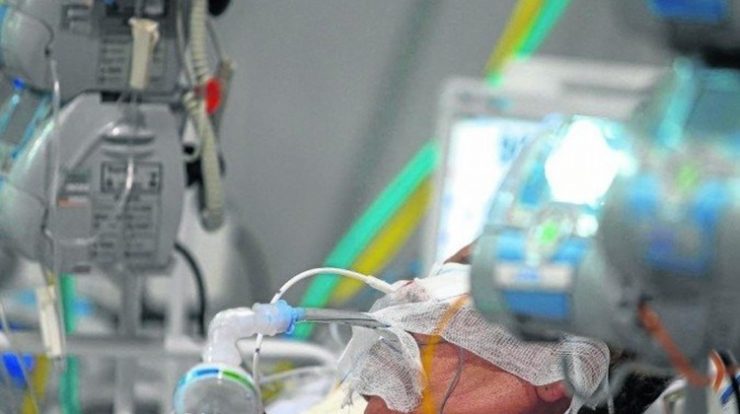
Symptoms of Covid-19 can vary greatly, depending on which strain of Sars-CoV2 virus is responsible for the infection, warned a study by Kings College in London, which came out this month.
According to the work, headache, sore throat and runny nose are the symptoms most closely related to the delta variant (originally discovered in India), which is already prevalent in the UK. These symptoms were not common in the first wave of the disease, when the alpha variant (from the UK itself) was prevalent.
In Brazil, although there was no similar survey, front-line clinicians also reported a change in the main symptoms of the disease that appeared at the beginning of the pandemic, when variants B.1.1.33 and B.1.1.28 predominated, and now, where gamma predominates ( P1), the Manaus variant.
According to Brazilian reports, the symptoms associated with gamma are similar to those of the Indian variant: headache, sore throat, and runny nose. In other words, something very similar to the common cold.
“Covid is different now, more like a bad cold,” said Tim Spector, professor of genetic epidemiology at King’s College, Tim Spector, lead author of the British paper. “People think they only have seasonal colds and keep going out, going to parties. It is important for people to keep in mind that the main symptoms related to the Covid virus have changed since May. Now the main symptoms are headache, followed by sore throat, runny nose and fever.”
Until then, when the alpha variant was prevalent, the main symptoms of the virus, according to British health authorities, were in order: fever, cough, loss of sense of smell or taste. The recommendation was that anyone with at least one of these symptoms should be tested for the coronavirus. Now, however, the Indian variant accounts for 90% of cases among Britons.
Symptom mapping has been in the UK since March of last year through an app called zoe, where patients report their symptoms. There are already more than 4 million reports. Data analyzed by the app showed that coughing was the most common symptom at the start of the epidemic, with 46% of patients reporting symptoms. Now it has been overcome with headache (66%), sore throat (53%), runny nose (49%) and fever (42%).
The Indian variant is known to be at least 40% more transmissible than alpha and has twice the risk of hospitalization. The available vaccines are also somewhat less effective, especially after just one dose.
Although almost all older people in the UK are vaccinated, some young people are still partially or not immunized. In total, two-thirds of people are not yet fully protected.
The situation in the country
A study conducted in Brazil last year listed the most common symptoms among Brazilians. The survey conducted by the Federal University of Pelotas (UFPel) included 31,869 people in all states. Among the most frequently mentioned are headaches, changes in the sense of smell and taste, fever, cough, and body aches. However, this year, in order to consider gamma prevalence, the study was not re-conducted in Manaus.
explained virologist Paola Cristina Resende, a researcher with the Fiocruz Genomic Network, which identifies the dispersal of variants in the country. Our focus is on the so-called variants of concern, that is, those with greater transmissibility, such as P1, B.1.7 (from the United Kingdom), B.1.1.351 (from South Africa) and B.1.617. 2 (from India). We believe that in competition with the other variants, the P1 performs better which is why it is still prevalent in Brazil. “
The most important thing, experts say, is that people do not expose themselves and get tested for coronavirus when they notice symptoms. While vaccination is not progressing any further, the use of masks and social distancing are the only forms of protection.
The first and second wave
According to virologist Fernando Spielke, of the University of Feevale, in Rio Grande do Sul, in terms of symptoms, the big difference between the first and second waves of the epidemic in the country was precisely the appearance of the common cold. “Last year, when a patient had a runny nose, he could practically get rid of Covid-19,” says Spielke. “The problem is that someone who has a runny nose, a cold, who tends to reveal themselves more, will not protect themselves properly.”
Pulmonologist Margaret Dalcolmo, of Vuecruz, noticed the difference, too. “I’ve seen a lot of people with upper airway problems, like sore throats and a runny nose, as if it was another virus.”

“Friendly zombie guru. Avid pop culture scholar. Freelance travel geek. Wannabe troublemaker. Coffee specialist.”






